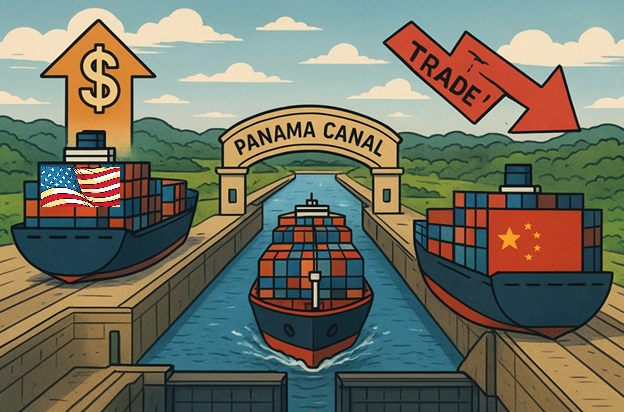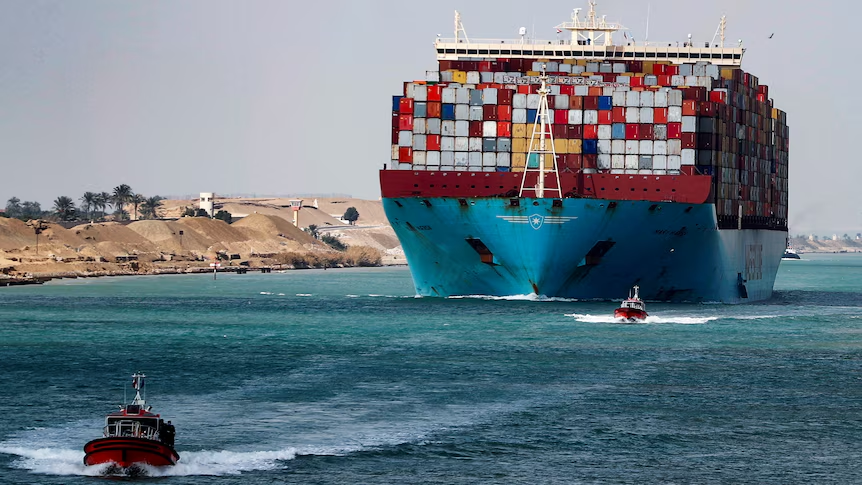More than a year has passed since the start of the Red Sea conflict, although we are still unable to measure all its impact or say when we could go back to “normal”, we surely have gathered some data so far. In this article, we will investigate the impact that the Red Sea conflict and the subsequent Cape of Good Hope diversion had on the restructuring of the networks of ocean container services. To do so, we used the Port Liner Shipping Connectivity Index (PLSCI) developed by the United Nations Conference on Trade and Development (UNCTAD). The index measures how well countries and ports are integrated into global liner shipping networks. This index evaluates factors such as the number of ships, their container-carrying capacity, the number of services and companies, and the size of the largest vessels operating to and from a port. A higher PLSCI indicates better connectivity, which is crucial for efficient trade and economic performance.
In the below graph, we reported the value of the PLSCI in Q4 2023, Q1 2024, and Q4 2024 to be able to compare both the immediate and the deferred reactions of the diversions. Even though the conflict posed a threat to the connectivity of shipping networks and significantly impacted most of the European and Mediterranean ports, our analysis clearly identified a couple of “winners” that experienced an increase in the index. The below percentage changes represent the Year-over-Year change between the last quarter of 2023 and 2024.

We can see that the major transshipment hubs in the Mediterranean (Damietta and Piraeus) were the ones that were hit the hardest by the restructuring. Damietta experienced a -14% decline, and Piraeus a -10% decline. The average decline for important gateway ports was on average -5%. On the other hand, some ports were able to exploit the opportunity and increase their performance. Algeciras, being strategically placed at the Strait of Gibraltar, was able to able to attract more business, improving its transhipment operations [a]. Perhaps more surprisingly was Alexandria, as it experienced a 4% YoY growth despite its position now out of route from the major shipping routes. One motivation for this increase in connectivity could be the creation of new shipping companies or new liner services that employ vessels flying flags that are not targeted by the Houthis and thus facilitate trade between Middle East countries. One example of such companies is Folk Maritime, a new Saudi container shipping company launched in 2024 that is focused on driving trade in the Middle East and West Asia






